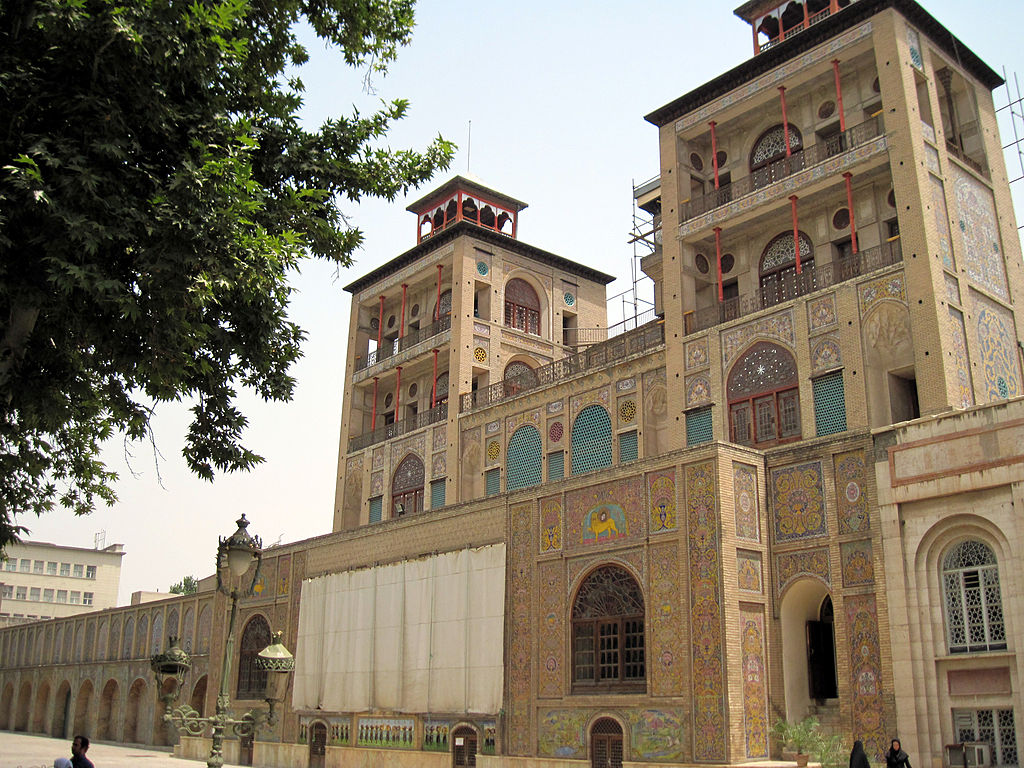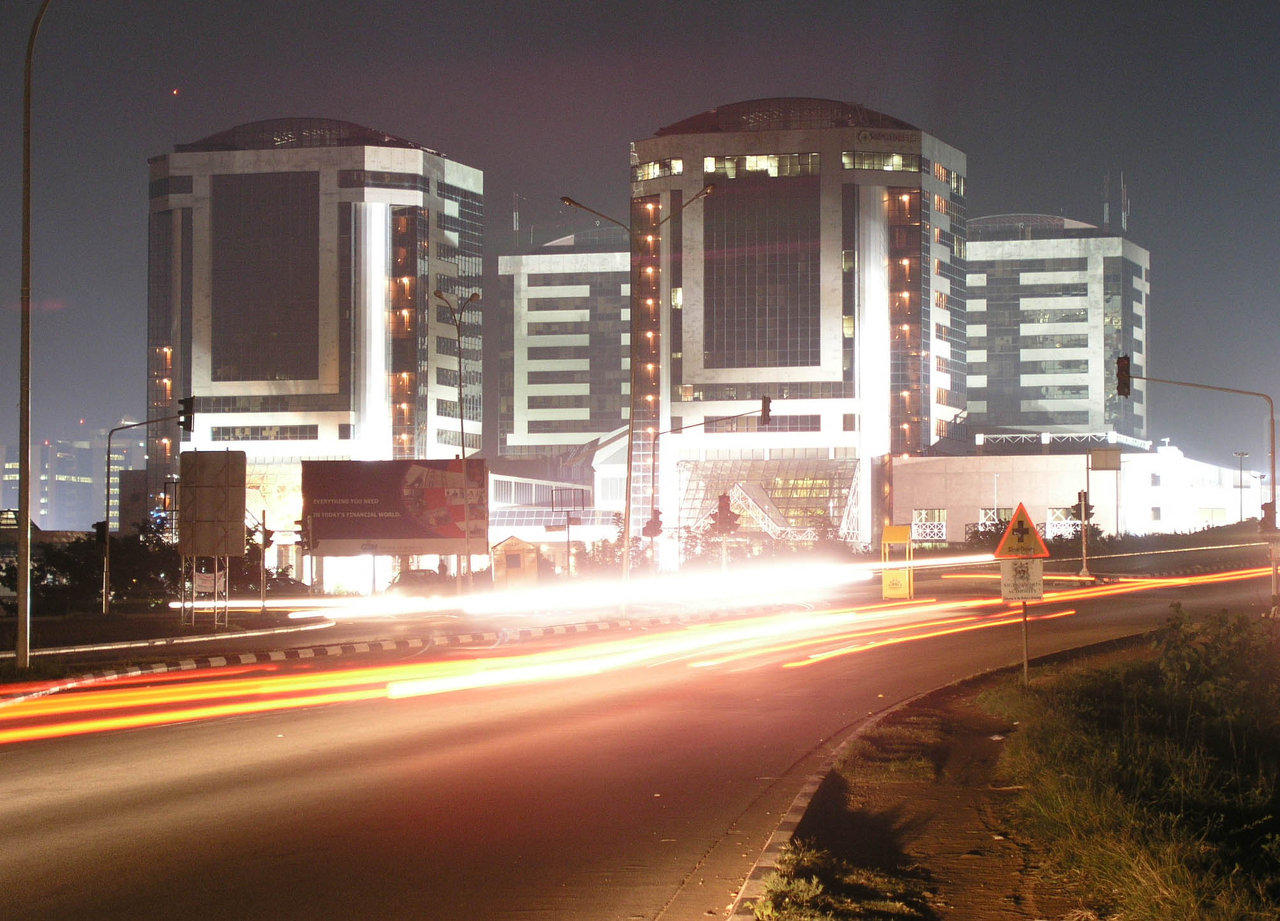It is often said that the only constant is change. When referring to city life, this could not be more correct. The world over, cities are changing at a rapid pace. Whole areas are dramatically transformed, old streets become new, new buildings rise from the dirt. In the west there may be some debate over these urban transformations. Some argue that property and urban development often create social issues. However, they show no signs of slowing. In the emerging economies, real estate and urban transformation are key development goals, and rightly so.
As booming economies have created significant wealth in the emerging markets, urban projects have taken off significantly. With the flood of money, areas can be rapidly transformed.
Many cities are experiencing construction booms as countries compete to have the most dynamic urban centres. This is wholly positive. Modern facilities and conveniences are introduced into areas where there were none before. Education can be improved, and local economies can thrive with new commercial centres, and closer business links. We selected a few cities dedicated to their improving status.
Tehran, Iran
Tehran is a breathtaking ancient city whose origins stretch back 7000 years. Its architecture tells a rich tale of the cultural tapestry of the city, and of Iran as a civilisation. Tehran’s property market has been buoyant, creating a thriving construction and real estate sector. This sector contributes 5% to Iran’s GDP. But conservation has been just as important as construction. Tehran’s architectural legacy has not been left behind. In fact, it is being brought back to life. Grand houses from the 19th century have been bought by companies and associations. These have been restored, and turned into museums and art galleries, a source of cultural enrichment for the benefit of all.
Abuja, Nigeria
A capital city built from scratch in Nigeria’s tropical centre, Abuja is a city in constant development. Since construction began on the planned city in the 1970s, the property market has shown no signs of slowing. Abuja’s urban area has a population of 3 million people, the fourth largest in Nigeria. It is therefore perhaps unsurprising that Abuja alone accounts for 22% of all of Nigeria’s real estate activity. On Abuja’s fringes, an unprecedented modern development has been planned to mark Nigeria’s century as a united country. Centenary City is to be completed in 2024, and with a healthy budget of $180.6bn and its extremely modern principles, it is sure to confirm Abuja as Africa’s undisputed property capital.
Bangalore, India




